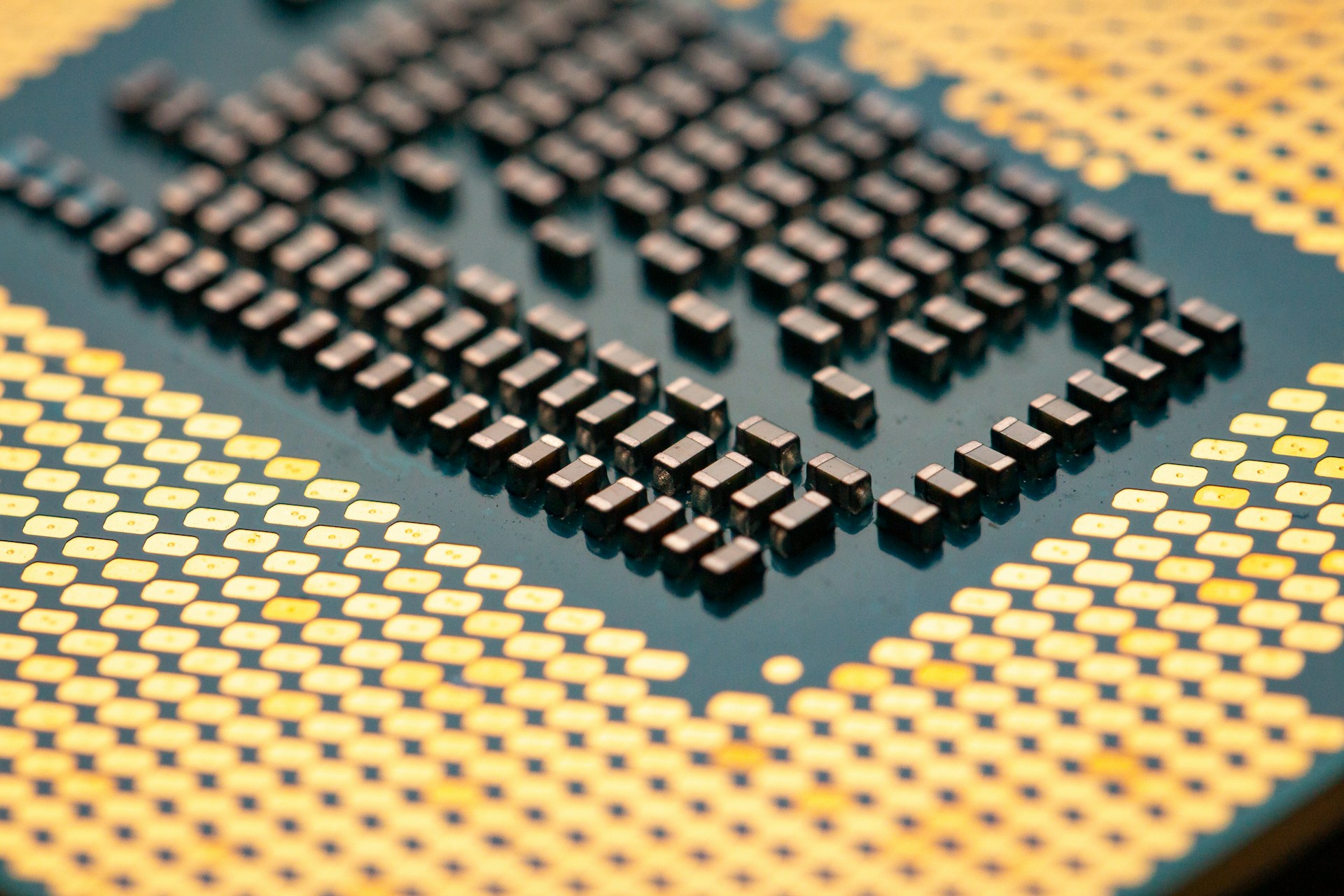Introduction
Intel XeSS is an exciting development in the world of gaming graphics. As the gaming industry continues to push the boundaries of realism and performance, technologies like XeSS play a crucial role in enhancing visual quality while maintaining smooth gameplay.
What Is Intel XeSS?
Intel XeSS stands for “Xe Super Sampling”. It’s Intel’s answer to NVIDIA’s DLSS (Deep Learning Super Sampling) and AMD’s FidelityFX Super Resolution. The goal is simple: to provide gamers with a way to upscale lower-resolution images to higher resolutions without sacrificing performance.
How Does XeSS Work?
- Deep Learning Algorithms: XeSS leverages deep learning algorithms to upscale images. It uses a neural network trained on high-resolution images to predict missing details in lower-resolution frames.
- Performance Boost: By rendering games at a lower native resolution and then upscaling using XeSS, gamers can achieve better performance without compromising visual quality.
- Quality vs. Performance: XeSS offers different quality modes (e.g., Performance, Balanced, Quality), allowing users to choose the right balance between image fidelity and frame rates.
XeSS 1.3 Features and Improvements:
- Updated AI Models:
- XeSS 1.3 introduces optimized AI models.
- These models enhance:
- Detailed reconstruction: Better image quality.
- Anti-aliasing: Smoother edges.
- Temporal stability: Consistent performance over time.
- Reduced ghosting: Fewer distracting artifacts.
- Performance Boost:
- On an Intel Arc A750 system (tested at 1440p High with ray tracing), XeSS 1.3 provides an average 10% expected increase in FPS compared to the previous version.
- Some games, like Diablo IV, see a massive 28% performance boost.
- Even on the built-in Arc GPU of the Intel Core Ultra processor (tested at 1080p Medium), XeSS 1.3 offers 8% more FPS on average and doubles framerates in The Witcher 3 over native rendering.
- Under the Hood:
- XeSS 1.3 leverages additional training and model optimizations.
- It tackles challenging visual elements, resulting in better image quality and smoother gameplay.
- Check out the progress in action with scenes like Like a Dragon: Ishin!
In summary, XeSS 1.3 combines performance gains with improved visuals, making it a win-win for gamers!
Technical Details of Intel XeSS:
- How It Works:
- XeSS renders games at a lower resolution (e.g., 900p, 720p, or 800p).
- It then uses machine learning and AI algorithms to upscale the image to your native resolution (e.g., 1440p).
- The result is an upscaled image that closely resembles native rendering quality or even surpasses it in some cases.
- By rendering frames at lower resolutions, XeSS significantly improves performance without compromising image quality.
- Dedicated Hardware and Algorithms:
- Intel Arc graphics products feature dedicated machine learning hardware.
- AI algorithms optimize image quality during upscaling.
- XeSS leverages neural networks trained for high performance and exceptional quality.
- Open and Accessible:
- XeSS is implemented using open standards, ensuring wide availability across many games and hardware.
- It can utilize the DP4a and XMX hardware capabilities of Xe GPUs for better performance.
Benefits of Intel XeSS
- Sharper Images: XeSS enhances details, making textures and edges crisper.
- Higher Frame Rates: Gamers can enjoy smoother gameplay even on mid-range hardware.
- Future-Proofing: As game engines evolve, XeSS can adapt to higher resolutions.
Challenges
- Training Data: Like any AI-based technology, XeSS relies on a robust dataset for training. Intel needs to continually improve its neural network with diverse gaming content.
- Compatibility: Game developers need to integrate XeSS support into their titles.
Comparison with Nvidia DLSS:
- Cross-Platform: XeSS supports GPUs from multiple vendors, unlike DLSS (limited to Nvidia GPUs).
- Temporal Upscaling: Both XeSS and DLSS use temporal upscaling, resulting in sharper images and higher frame rates.
- AI Element: XeSS combines temporal upscaling with AI, making it unique.
- Advanced Version: Intel Arc GPUs benefit from XMX cores for superior upscaling.
Conclusion
Intel XeSS represents an exciting leap forward in gaming graphics. As more games adopt this technology, players can expect a visually stunning experience without compromising performance. Keep an eye out for XeSS-enabled games shortly!
Check out more articles!








